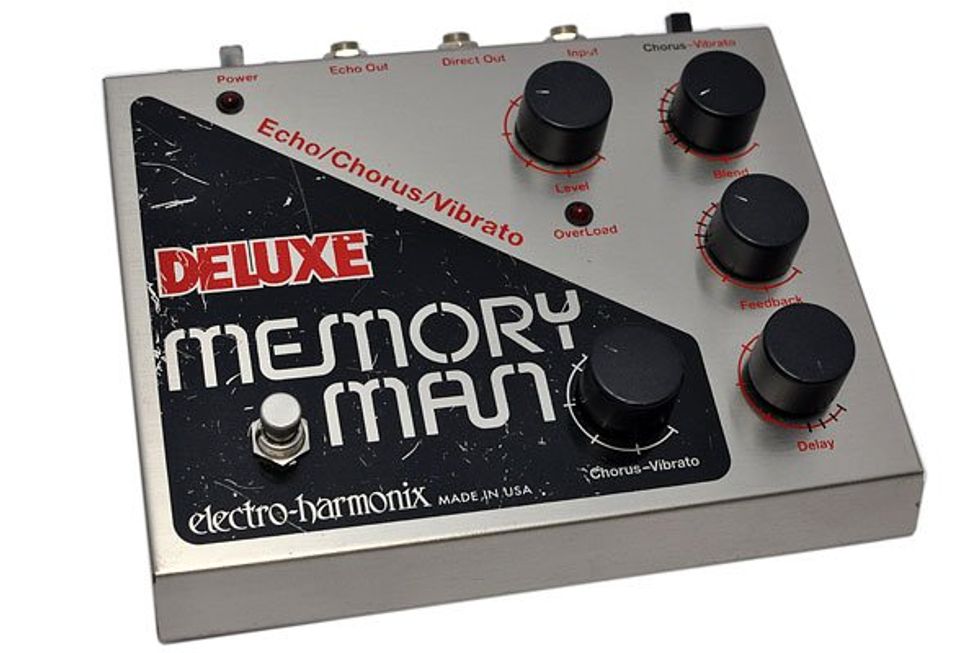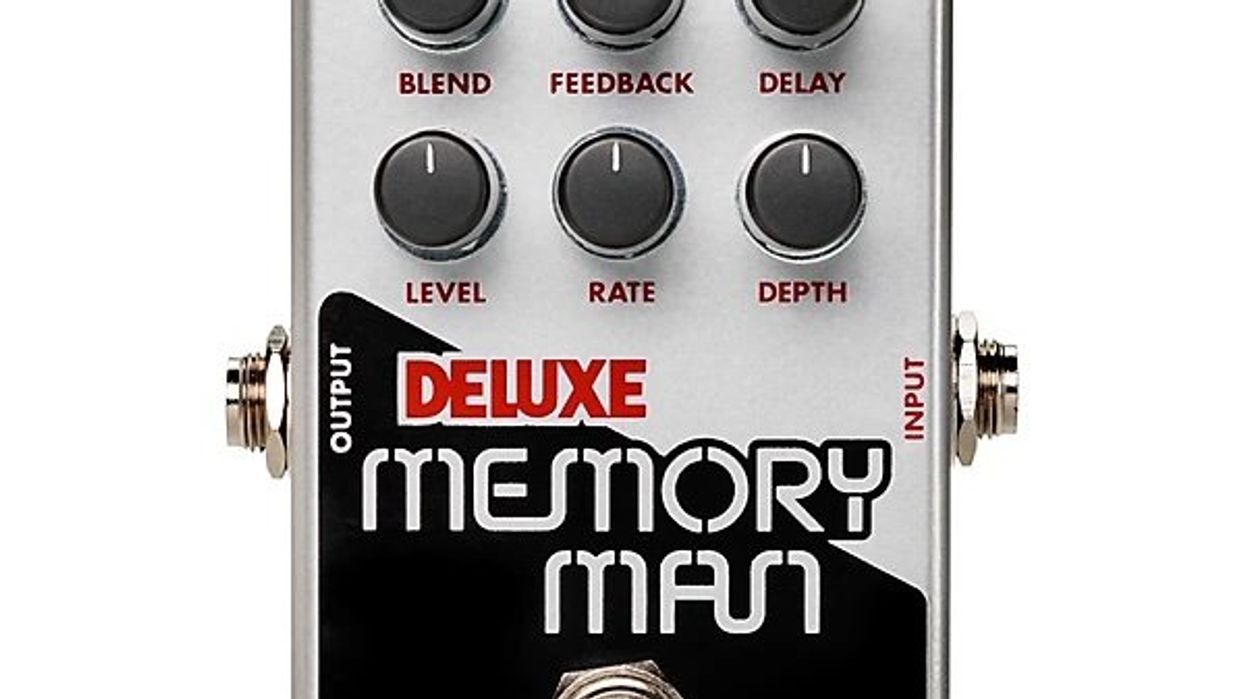When an instrument, amplifier, or pedal seemingly has a certain magic to it, we often say it has “mojo.” The word “mojo” has very old roots, but came to relative prominence in America during the mid 20th century. There was a renaissance several decades later with the release of the hard-hitting spy documentary franchise, Austin Powers. It has come to represent anything empowering and special, but also connotes something ephemeral that can be found or lost.
There are some pedals that have mojo parts in them. These parts have unique powers or provenance that give any pedal they are installed in somewhat mythological properties. A classic example of this are the transistors in fuzz pedals. The NKT275, a transistor found in classic, vintage fuzzes, are so desired that unscrupulous vendors will sell fake versions to those seeking to tap into whatever mystical capabilities the real deal possesses.
I’ve heard from one well-regarded builder who keeps his stash of fuzz transistors in the fridge, and carefully solders each transistor’s lead with heat sinking to keep any of the magic from being consumed by soldering-iron heat. Fuzz circuits are often so simple, that any remarkable ability they have is attributed to the constituent parts instead of their overall design. So, whether they have unobtainable transistors, carbon composition resistors, or tropical fish capacitors, the consumer can assume this pedal is imbued with magical properties. This can be in spite of the fact that the transistors are likely the last of a production run of devices that have been picked over for the last 60 years, the resistors are poor performers by almost every quantifiable measure, and the most special thing about the capacitors may be their paint job.
Sometimes particular makes and models of pedals are the holders of mojo. The Klon Centaur, Nobels ODR-1, and EHX Deluxe Memory Man all have vintage variants where it’s widely held that they have something special about them. Over the years, changes have been made to each of these designs. Some of these changes are literally superficial: Changes have been made to enclosure printing or paint. Some changes are technically superficial: Components were changed, but aren’t in circuit positions that contribute to audible differences. Lastly, some substantive changes genuinely alter the end product.
“If it sounds as though I’m suspicious of mojo parts and pedals, it’s probably because I am.”
As a case study, take the Deluxe Memory Man (DMM). The DMM has gone through some cosmetic changes over the years. None of these things contributes to the sonic delivery of the pedal. At one point, the AC mains cable, internal transformer, and rectifier were ditched for a 24V DC input. Both of these power arrangements fed regulators with the same voltage outputs to the DMM circuitry. It is difficult to say that the audio circuitry in the pedal could be “aware” of the changes to power supply elements pre-regulator, and dubious that any resultant change could contribute to an audible difference in the pedal’s performance. That said, at one point in history, the pedal’s delay-producing bucket-brigade chips were changed out for different types due to parts availability. This is a real change that a subset of players can readily detect.

Here's the vintage version.
If it sounds as though I’m suspicious of mojo parts and pedals, it’s probably because I am, and I think you should be suspicious, too. However, try not to be cynical, as I absolutely do not think that it can all be written off as fantasy. Sometimes the sum of the parts is really greater than the whole. The pedals we love are not often complicated, but they are always comprehensive. Every constituent part of a device can vary at both conception and over time, and these parts can often combine in unique and interesting ways. The guiding principle of evaluating whether a particular stompbox is special has to be listening to it. Its pedigree and provenance might increase the chance of it being something special, but, as is often true, the proof of the pudding is in the tasting.
In my estimation, the most powerful part of mojo-equipped gear is our own faith in it. When we are convinced that something is good, we enjoy it more and play better, and when we enjoy it more and play better, we actually do sound better! There is a great deal of inaccessible gear with a well-earned representation for unlocking the best in those who play it. You can also be certain there is something readily available that may speak to you in the same way. Good luck in finding your mojo, baby




























